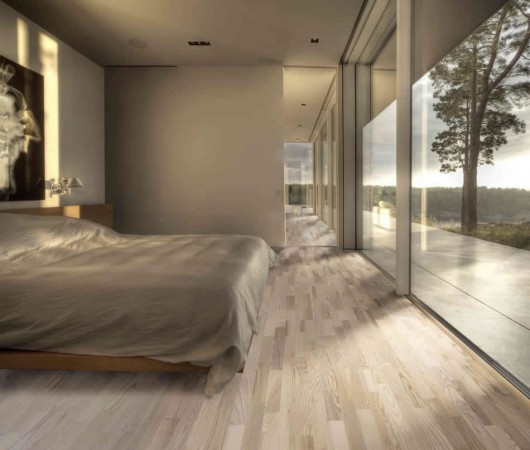
In the last post, we explained how the laying of the floor alone can be a huge task for a householder to undertake, not even taking into account the rest of the work involved. We will now be continuing with the topic and explaining about sanding and applying the perfect finish too.
Before you even start the sanding process you need to remove the entire floor standing furniture in the room. What’s left will need to be covered with dust sheets so nothing is damaged. Air will need to circulate through the room, so be sure to open the windows and any exterior doors.
To sand the floor properly it is important to work along the grain of the wood floor using first course then medium and finally fine grade sanding belts. Don’t move too quickly and keep the machine going throughout so that any deep stains are effectively removed from the surface, do not stand still with the machine , while the drum is down as this can cause irreversible damage within a split second. A round edging sander should be used for the edges, while a chisel is the most suitable tool for the corners. If they are raised, then finish off with a detail sander. We would also recommended screening the complete floor at this stage with a 150 mesh pad or a Trio machine, very important with Parquet flooring, where grain is in different directions.
When you have finished the sanding, you will now need to remove the debris by vacuuming the room and preparing it for the next stage.
Depending on your interior design preferences and the type of wood used, you can choose a hardwax oiled, lacquered, or waxed finish for the final coats, we would recommend between two to four coats. You can also stain the floors to achieve a darker or even lighter colour.
To stain the floor, you can do this with a lint free rag – but be sure to spread the finish evenly across the surface and remove any excess. The product should be applied in strokes, with the first coat requiring around three hours to dry. The final layer could take about 24 hours to fully cure, prior to the finishing coats being applied, so please bear this in mind before you begin.
If you do feel you have messed up, as sanding floors is not for the light hearted or still aren’t convinced by the finish applied a few months later, you can always call on the experts to re-sand it again and apply a different finish. The most important thing is that you are happy with the final look.
If you feel this type of job is too much for you, many leading wooden floor manufacturers now sell pre-finished planks so there is no need to have to sand and apply a finish, contact the team at Justwood flooring in Bognor Regis, who have access to a vast range of pre-finished hardwood floors.
